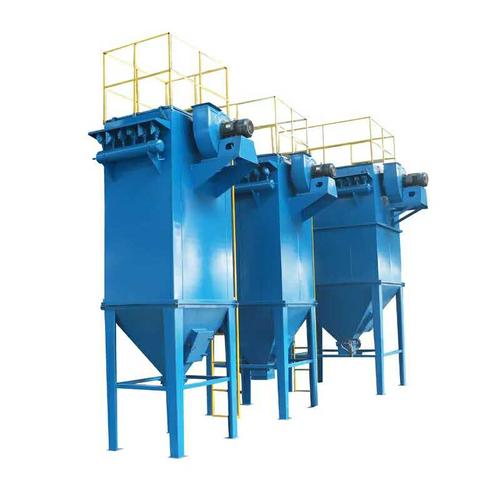1. The thermal insulation material must meet the thermal insulation performance. After thermal insulation, the outer surface temperature of the thermal insulation structure should not exceed 50 degrees (when the ambient temperature is not higher than 25 degrees); when the ambient temperature is higher than 25 ℃, the outer surface temperature of the thermal insulation structure can be higher than the ambient temperature. Temperature 25°C. The thermal insulation structure shall be complete within the designed service life without burning, rotting or peeling during use. The insulating structure should have sufficient mechanical strength to avoid damage under additional loads such as self-weight, vibration, wind and snow.
2. The thermal insulation layer should be waterproof and fireproof, and the overall plane after thermal insulation should be smooth and beautiful (the plane after thermal insulation should not leak ribs, the ribs should be flush with the outer guard plate, and an airflow layer thermal insulation structure should be set on the outer layer).
3. Reliable measures should be taken to ensure that there is no over-temperature, especially at the steel bar.
4. The insulation construction must be carried out after the air tightness inspection or test of a single dust collector.
5. Insulation can be used in any weather conditions, so the laying of the shell protection board is conducive to drainage.
6. The thermal insulation structure requires no less than 8 self-locking gaskets per square meter, and the horizontal spacing of core-pulling aluminum rivets is 200mm.
7. The thickness of the insulation layer is 100mm, each stiffening rib is 50mm, and the insulation material is high-temperature glass wool (type 1000, δ=50). Lay in two layers along the thickness direction. The staggered distance between layers shall not be less than one-third of the length or width of the board. The splicing should be tight and flat. The outer layer of high temperature glass wool should be laid with galvanized hexagonal steel mesh and pressed with self-locking washers. The lower part of the ash hopper is laid with steel mesh, which is compressed with self-locking gaskets.
Post time: Jan-18-2022


